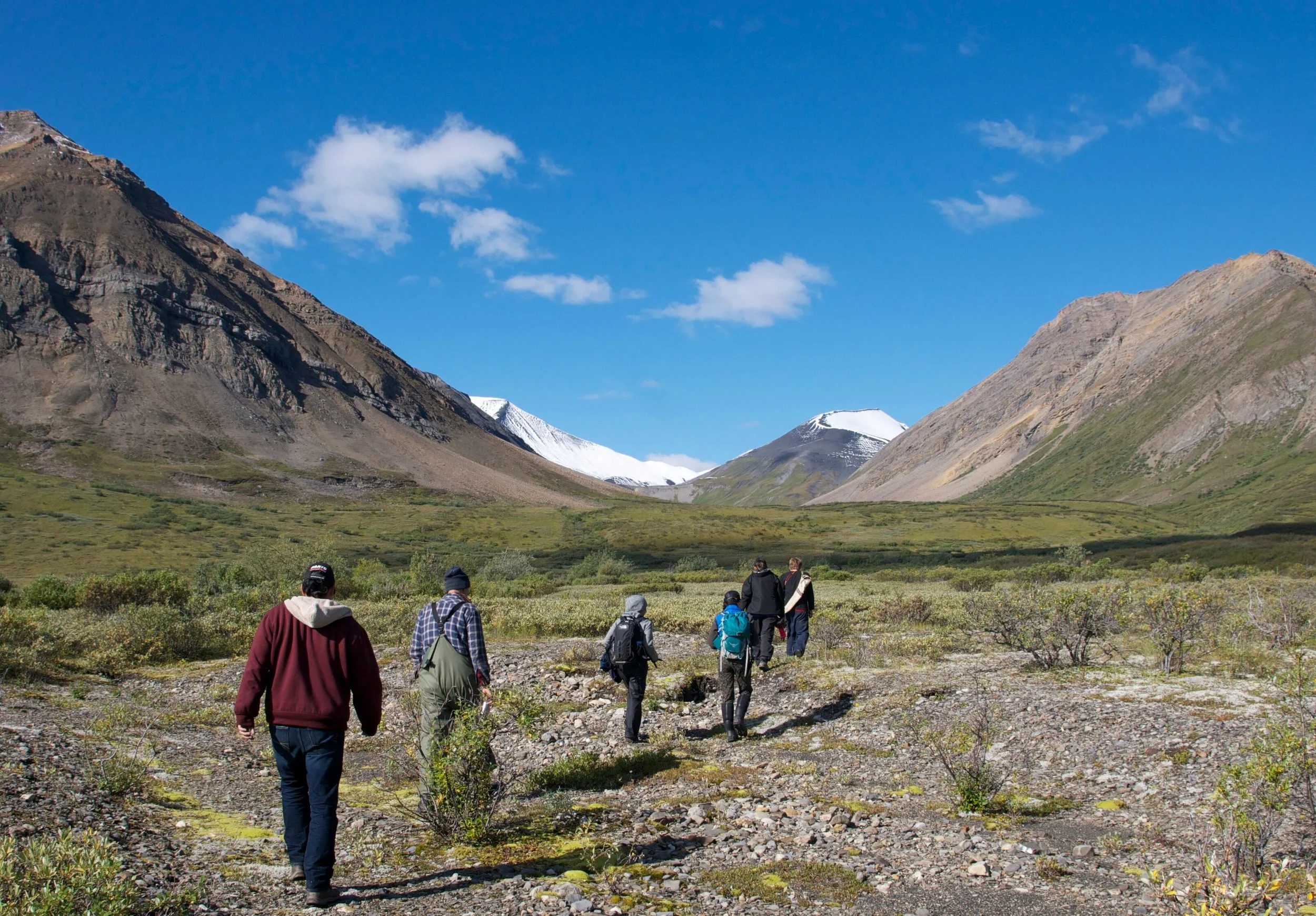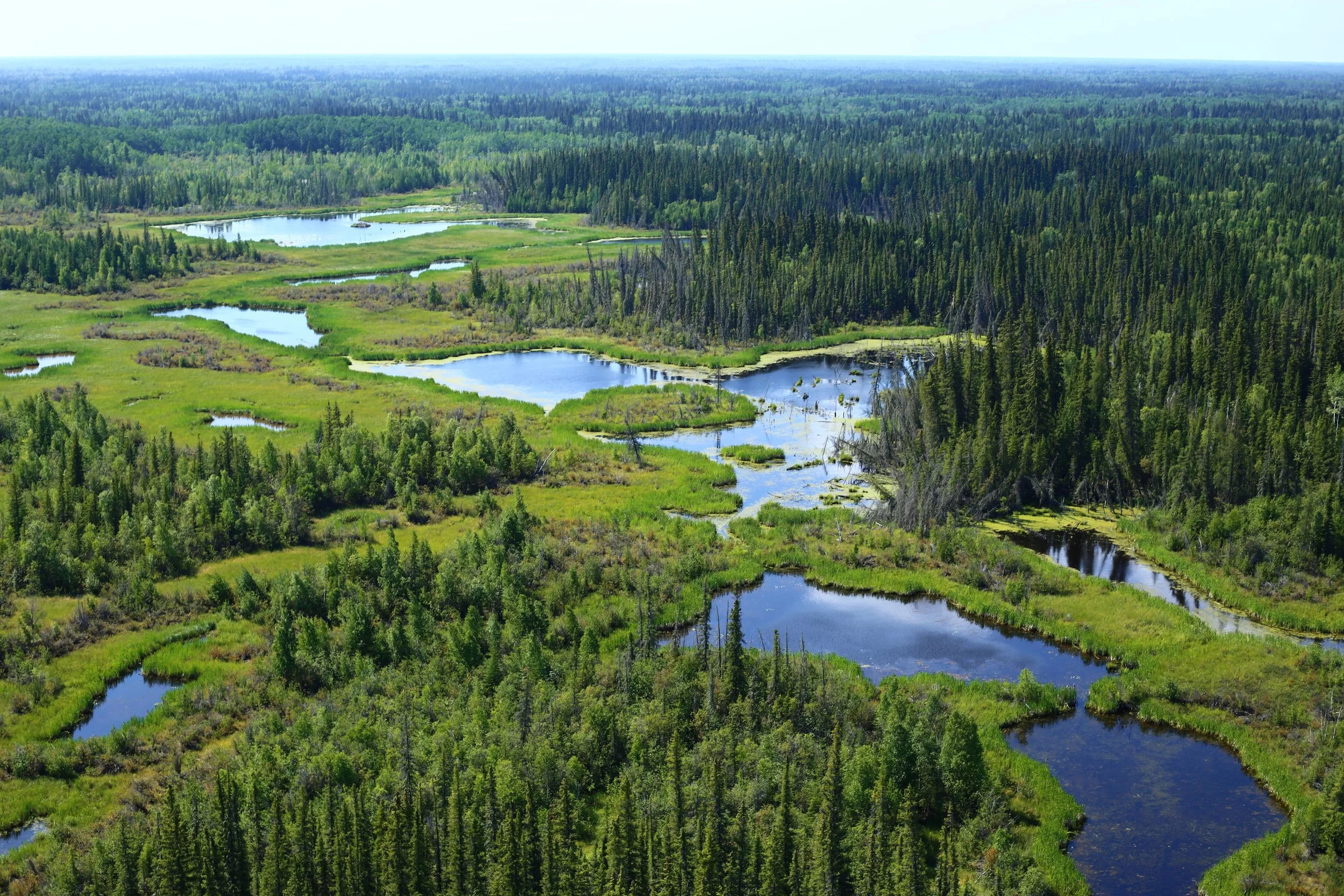It’s hard not to be optimistic when conservation gains of such immense scale have occurred just in one year alone. The coming year has the promise of even more—and bigger—good news.
Read MoreSweeping stretches of the Boreal Forest gained protection this year thanks to the leadership of Indigenous Nations. And the future looks even brighter. As Canada prepares to meet 2020 conservation targets and commit to new goals for 2030, the Indigenous-led proposals advanced this year will set Canada on a path to international leadership.
Read MoreThese are real solutions to averting the worst possible future outlined in the Audubon study for birds and, by extension, for us humans: we breathe the same air, drink the same water, and endure the same temperatures as the birds.
Read MoreThe region where billions of North America’s birds are born remains largely healthy and intact. Every year, 3 to 5 billion birds emerge from Canada’s Boreal Forest. We still have a chance to protect these nesting grounds on a grand scale and give species the best chance of surviving into the future.
Read MoreIt is exciting to see that in Canada’s Boreal Forest region, Indigenous governments are already working hard to do their part to conserve the land and its carbon stores—a vital part of slowing the impacts of climate change as described by the authors of this new IPCC report.
Read MoreThe report confirms that conservation and international cooperation can reverse declines in bird populations. Smart government policies like banning DDT and investing in wetlands restoration across Canada and the United States, for instance, have helped duck populations increase by 69% and geese by a whopping 360%.
Read MoreOn this International Migratory Bird Day, my thoughts are drawn to the places many of the birds passing though my backyard are headed: the Boreal Forest. Known as North America’s Bird Nursery, the boreal attracts up to 3 billion migratory birds each spring. Most boreal bird nesting grounds are sustained by Indigenous Peoples.
Read MoreIn the face of the dire findings in the Global Assessment Report on Biodiversity and Ecosystem Services, the examples of Indigenous communities working to protect their lands—including across Canada’s Boreal Forest—provide a bright beacon of hope for the future.
Read MoreNow is the time for Canada to demonstrate conservation leadership, both on the international stage and here at home. The Government of Canada can do that by working in partnership with Indigenous Nations as well as with provincial and territorial governments to help make these Indigenous protected areas a reality.
Read MoreWithin Canada’s borders are some of the world’s most significant biodiversity features and carbon storage banks. By demonstrating how to protect and maintain those globally important natural assets in partnership with Indigenous Peoples, Canada can offer hope and inspiration to the world. The Nature Champions Summit will be the perfect place to begin turning that inspiration into on-the-ground solutions.
Read MoreIndigenous Guardians are caring for the land across the country. They are restoring animals and plants and managing protected areas. They are combining traditional knowledge and science and bringing youth and elders together. They serve as the “moccasins and mukluks” on the ground for communities, and their work helps conserve clean water and healthy land for all Canadians.
Read MoreA delegation of Indigenous land managers from Warddeken and other regions in Australia are traveling to Canada to talk about the transformative power of well-supported Indigenous-led conservation. This exchange is taking place at a crucial time.
Read MoreAs Canada works to protect at least 17 percent of lands by 2020, it can look to Australia for a proven model of partnership with Indigenous Peoples.
Read MoreIndigenous governments across the country are working to create protected areas that will sustain animals, plants, waters and lands for future generations. Our nations have enduring relationships with these places and caring for them helps us honour our cultural responsibility to the land.
Read MoreThere is big news for us humans today. That’s because the Canadian government released a new budget that will do good things for the natural world that we, and all animals and plants, rely on for survival.
Read More
Indigenous governments are caring for the land across the country. Many have embraced land use planning as a tool for determining what lands they want to protect and where they will allow development.
Read MoreIn August, I had the opportunity to visit with the Kaska people in the MacKenzie Mountains, in an area known as “Dechenla”.
Read More
















